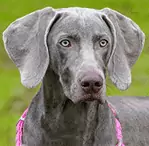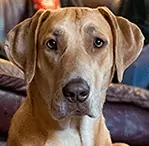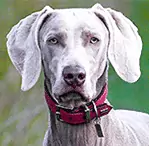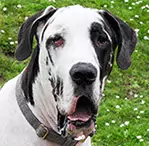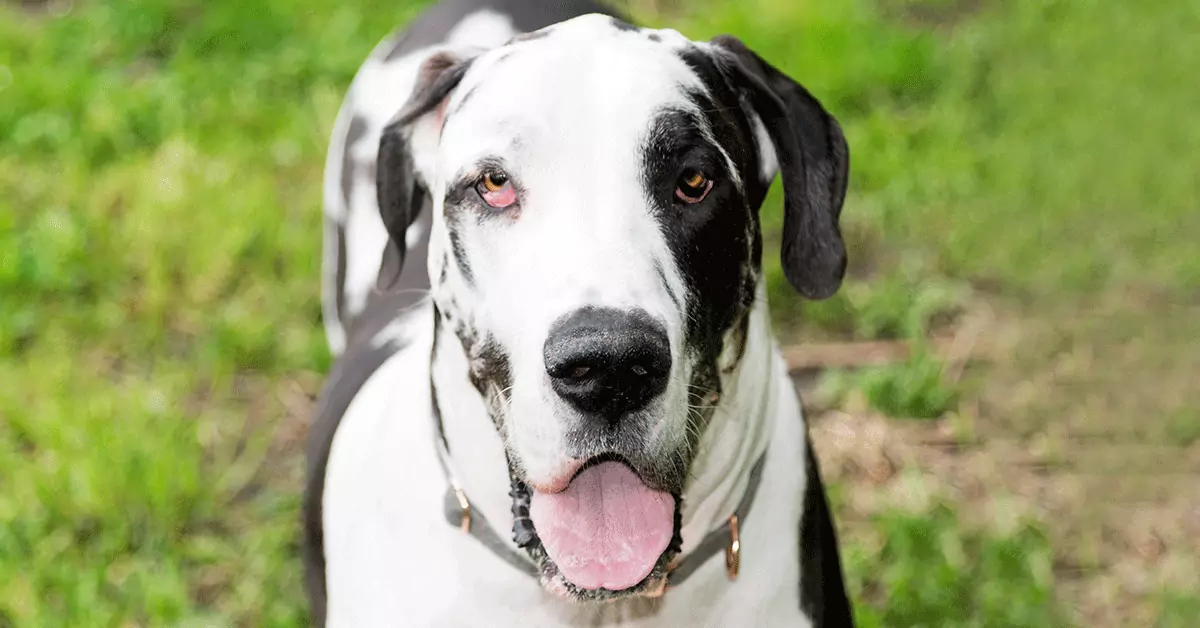
Meet the Great Dane
Apartment Friendly
Protective Pooch
Gentle Giant
My Many Looks
My Breed Characteristics
Furbulous Fact
As I Grow Up
History of My Breed
Care Tips
Training Tips
Personality
Friendly
Easygoing
Loyal
Group
Working
Origin
Germany
Life Span
7-10 Years
Breed Popularity
#15 of 195
Height Range
28-32 inches
Weight Range
110-175 pounds
Coat Details
Type
Short
Texture
Thick & Smooth
Features
Colors
Black, Black & White, Blue, Brindle, Fawn, Harlequin, Mantle, Merle, White, Blue & W
Hypoallergenic
Cost to Buy
$500-$1,800
Lifetime Care Cost
$20,015
My Many Looks
My Breed Characteristics
Furbulous Fact
As I Grow Up
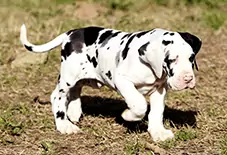
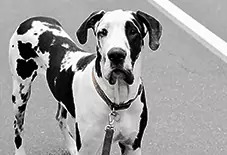
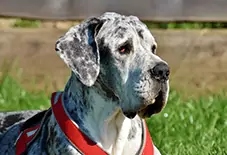
History of My Breed
Care Tips
from Dr. Jessica Greenberg, Associate VeterinarianGive your Great Dane smaller, more frequent meals.
Great Danes are at high risk for gastric dilatation (bloating), which can lead to more serious stomach complications if left unchecked. To prevent stomach bloat, give your Dane smaller, more frequent meals, and make sure they rest both before and after eating. If you notice a balloon-like enlargement in your Dane’s abdominal area, avoid feeding them until their symptoms subside. -Dr.MarcElie,DVM
Consider preventative measures to protect against volvulus.
Volvulus is a condition where a dog’s stomach twists on its axis, and is considered a serious medical emergency. Since this is so common among Danes, it’s often recommended to see your vet for a prophylactic gastropexy, a procedure that fixes a dog’s stomach to the wall of the abdomen so that it can’t move or twist. If you decide this step is right for your Dane, it’s a good idea to get it at the same time of spaying or castration. -Dr.MarcElie,DVM
Use joint support supplements early on in your Dane’s life.
Since Great Danes typically don’t live as long as smaller dogs, treating them as “seniors” can start when they’re still fairly young. Joint support supplements will help strengthen and nourish their joints to prevent damage down the line, or at least put off joint problems for a little longer. -Dr.JessicaGreenberg,AssociateVeterinarian
Training Tips
from Dr. Jessica Greenberg, Associate VeterinarianSize up your Great Dane’s equipment as they grow.
During their first year of development, Great Danes seem to grow before your eyes. Make sure you observe your Dane pup’s growth rate closely, as they’ll outgrow their equipment (many times) during their rapid growth stage of development. Check their collar often to make sure it isn’t getting too tight, and replace it with a larger one before it starts to squeeze their skin. Investing in adjustable equipment is another great way of making sure your pup remains comfortable as it grows.
Slowly increase their caloric intake as they grow, too.
As your Dane pup grows, their calories need to grow, too. During the developmental stage, it's important to observe your pup’s eating habits and systematically increase their food intake. Always be on the lookout for cues that your Dane is getting enough calories. Do they gobble quickly? If they do, that can be a tell that they need more food. Work with your vet to calibrate calorie intake and be careful of giving them too much at once to prevent bloat.
Make sure to be positive with your Dane pup!
Just because they’re big doesn’t mean they need a heavier hand during training! Positive reinforcement is the best way to raise a model dog citizen. Great Danes need positive reinforcement training as much as every other dog. Make sure to reward good behaviors with lots of treats and affection.
My Many Looks
My Breed Characteristics
Furbulous Fact
As I Grow Up
History of My Breed
Care Tips
Training Tips
-
Personality
Friendly
Easygoing
Loyal
-
Group
Working
-
Origin
Germany
-
Life Span
7-10 Years
-
Breed Popularity
#15 of 195
-
Height Range
28-32 inches
-
Weight Range
110-175 pounds
-
动物皮毛
Type
Short
Texture
Thick & Smooth
Features
Colors
Black, Black & White, Blue, Brindle, Fawn, Harlequin, Mantle, Merle, White, Blue & W
-
Hypoallergenic
-
Cost to Buy
$500-$1,800
-
Lifetime Care Cost
$20,015
